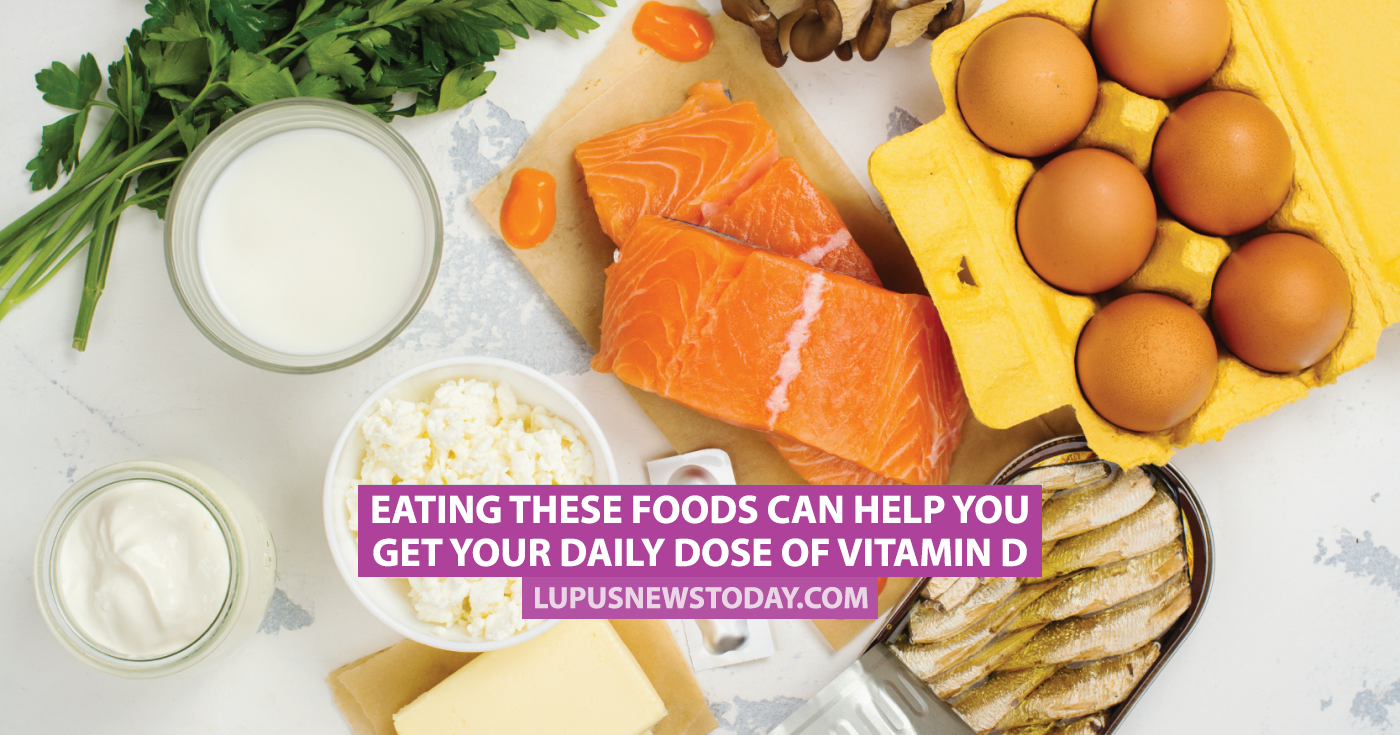Eating These Foods Can Help You Get Your Daily Dose of Vitamin D
Written by |

Most of us have probably been reminded to take our vitamins, or pushed to eat something because it’s “full of vitamins”—and it’s true, getting vitamins is incredibly important. Especially during the winter when some people experience Seasonal Affective Disorder, which can be impacted by low levels of vitamin D. But that’s not all: not getting enough vitamin D can also cause symptoms like bone pain, muscle weakness, unexplained fatigue, difficulty thinking clearly, along with a long list of others. If this sounds like you or you’ve been told that you have low levels of vitamin D, don’t worry, we’ve got 10 easy ways to squeeze more vitamin D into your day!
First thing’s first: get outside. Vitamin D is often referred to as the “sunshine vitamin,” and that’s because the sun is its greatest source. If you live in a warm climate, try to spend at least 10 minutes outside each day (but not in between the hours of 12pm and 2pm).
MORE: Why more children than ever are being diagnosed with lupus?
Men and woman between the ages of 19 and 70 should aim for 600 IU (international units) a day and stay below 4,000 IU. Those older than 70 need a little bit more vitamin D so they should aim for 800 IU but still stay below 4,000 IU.
If you can’t spend time in the sun, here are some foods you can add to your diet that will help up your vitamin D levels:
Salmon: It may come as a surprise, but one of the foods with the highest amount of vitamin D is uncooked salmon. Eating just 2.5 ounces of this fish will give you between 200 and 600 IU of vitamin D. Overall, fish products are pretty high in vitamin D.
Milk: Another vitamin D surprise is milk! Drink one cup of skim or chocolate milk and you’ve taken in 103 IU of vitamin D. If you drink almond milk fortified with vitamin D, you’re getting about 90 IU of the vitamin.
MORE: Six tips for patients newly diagnosed with lupus.
Orange Juice: Orange juice is a simple source of vitamin D and one that you probably already know about, but it accounts for 50 IU of your daily intake.
Eggs: Eggs are another good source of vitamin D. Eating two eggs will account for 88 units of your daily intake–and remember eggs can be eaten for breakfast, lunch, and dinner.
Yogurt: Get your vitamin D dose at breakfast and opt for a parfait with plain yogurt and your favorite fruit. (Yogurt accounts for 71 units.)
Cod Liver Oil: You can also find vitamins in cod liver oil. It’s packed with vitamin D–weighing in with 427 units per serving.
MORE: Five tips for ensuring your doctor addresses your lupus issues.
Cheerios: Specifically, Multigrain Cheerios! If you’re a cereal nut, this is great news. Grab yourself a bowl with some milk for about 90 units.
Beef Liver: Beef Liver (though it may only appeal to some) can give you about 50 units of vitamin D in a 3.5-ounce piece.
Tuna: If you’re feeling like a lot of these foods require you to cook–have no fear. Canned light tuna fish will make up for 150 units of your daily vitamin D intake.
Supplements: If all else fails, there are always supplements. There are many to choose from and you should talk to your doctor before picking a type and dose for yourself. But too much vitamin D can be toxic–so again, talk to your doctor to help you choose something that’s right for you.
MORE: Lupus patient advises others to be proactive about their treatment.
Lupus News Today is strictly a news and information website about the disease. It does not provide medical advice, diagnosis or treatment. This content is not intended to be a substitute for professional medical advice, diagnosis, or treatment. Always seek the advice of your physician or other qualified health provider with any questions you may have regarding a medical condition. Never disregard professional medical advice or delay in seeking it because of something you have read on this website.




